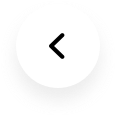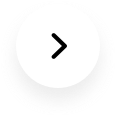Qiu Zhijie
Professor of China Academy of Art, Mixed Medial Art Department; 1969, Born in Zhangzhou, Fujian Province, China; 1992, Graduated from printmaking department of China Academy of Art, Hangzhou, China; lives and works in Beijing and Hangzhou.
1993 New Art in China, Post-1989, City Hall, Hongkong, China
2001 Translated Act, Haus Der Kulturen der Welt, Berlin, Germany; Queens Museum of Art, New York, USA
2002 25th San Polo Biennial, San Polo, Brazil
2003 Tower of Babel, Mainz City Museum, Germany
2004 Tecnology of Visible: 5th Shanghai Biennial, Shanghai Art Museum, Shanghai, China
2005 Art Circus: International Triennale of Contemporary Art, Yokohama, Japan
2006 Fever Variations: 6th Gwuangju Biennale, Korea
2007 The Real Things: Contemporary Chinese Art, Tate Liverpool, UK
2008 A Question Of Evidence, Thyssen-Bornemisza Art Contemporary, Vienna
2008 A Suicidology of the Nanjing Yangzi River Bridge 1: Ataraxic of Zhuang Zi, Shanghai, Zendai Museum of Modern Art, Shanghai, China
2009 Breaking through the Ice, Ullens Contemporary Art Center, Beijing, China
2009 Twilight of the Idols, Haus of World Culture, Berlin, China
2009 53th Venice Biennal, Chinese Pavillion, Venice, Italy
2012 BluePrints, Witte De With Contemporary Art Center, Rotterdam, Netherlands
2013 The Unicorn and the Dragon, Fondazione Querini Stampalia, Venice, Italy
Tactile material that is, bamboo stands now for a way of life that has been all but abandoned. The plastic arts have from their onset, cleaved materials, as a flint abrading jade. Aside from “carving”, one can also “sculpt”, moulding clay into holy vessels, a practice already over-lauded by philosophers. Later, we started “assembling”; to “weave”. Up until the emergence of modern die-casting, the benefits of batch production, and a tyranny served by things, the cursed start of hands and minds’ estrangement.
Construction is really itself just a form of weaving, especially in Chinese architecture. The traditional variant of the character “gou” (to construct etc.) is but several derivations from a woven bamboo crest. Weaving and construction begin given to the presence of a scheme, but are dependant nonetheless upon materials. Material always remains to a certain extent malleable; to a certain extent it is also stubborn. Because of this, at the same time as one makes ones speech, one must also strain to listen. Weaving is guided by the material being woven, that is, somewhat ambiguous in dynamic.
It was during the weaving process that I came to reflect anew on matters of plastic form. In the same way as bamboo it is segmented and possesses a grain, if one reflects this and is methodical in approach, then one will succeed accordingly. An image, an art form, these things also must emerge from inbound principles.
Thus are the departed, not heeding night or day
Throughout years spent restlessly experimenting with various media, there remained throughout a certain tacit theme, at times bold, others faint, but without ever disappearing: disappearing, hiding, camouflaging itself, revealed momentarily, before disappearing once more. It is not an absolute dormancy, but rather deep submergence in the obscure currents of a dark sea. It is a familiar face glimpsed among the masses of countless heads, bobbing around the station exit; hearing from amid the ambient clamour, a snatch of words you address to me.







